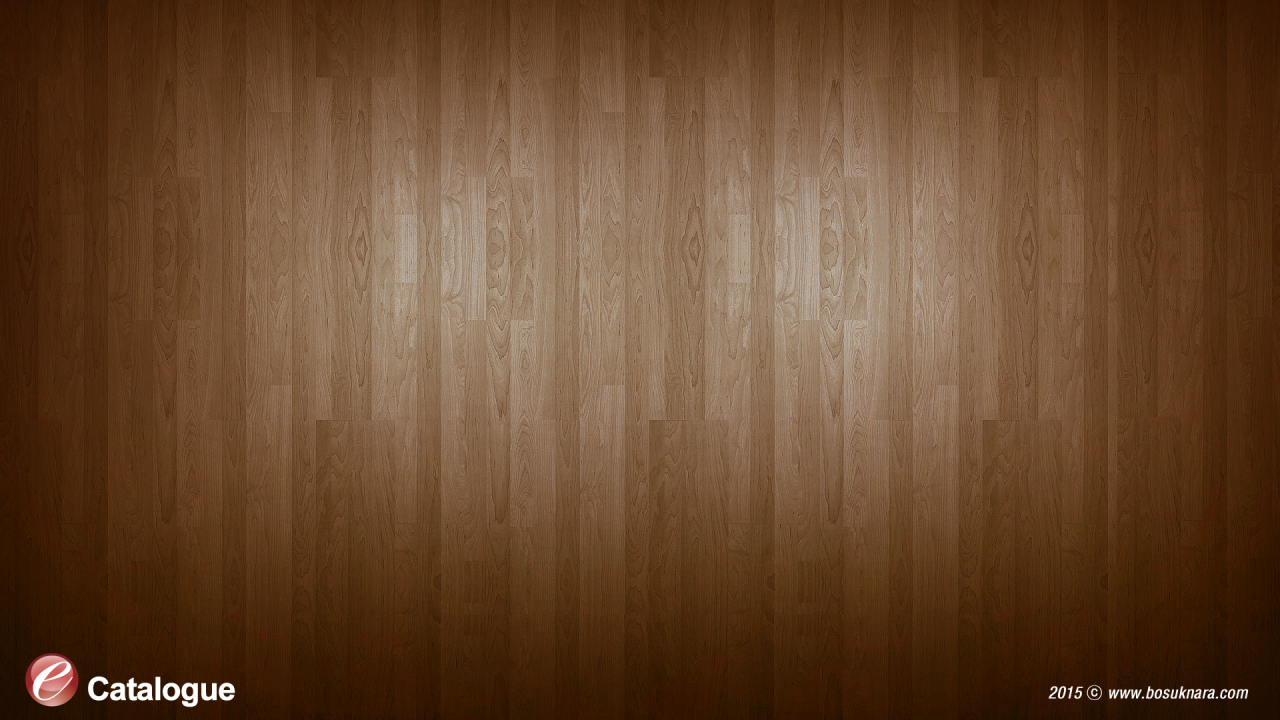

58
HIGHER-END JEWELLERY IS A FURTHER GROWTH
OPPORTUNITY
Additionally, there are exciting growth opportunities
in the US for high-end diamond jewellery. Average
incomes for the top one per cent of Americans have
grown much faster than national average wages
37
. In
2013, female consumers with household income of
over US$150,000 accounted for eight per cent of the
consumer base for diamond jewellery, but in terms
of actual acquisition this group accounted for 14 per
cent of diamond jewellery pieces and 33 per cent of
sales by value (see Fig. 38).
The presence of an affluent customer base for higher-
end products has resulted in a shift of the profile of
polished diamonds consumed in the US in the past
five years. Large higher-clarity stones have grown
notably, while all other types of polished have either
declined or remained flat (see Fig. 39).
BRITNEY’S
PROFILE
26 years old
Event
co-ordinator for
a cruise ship
company
Lives in Chicago
Has a
Forevermark
diamond
engagement ring
BR I TNEY ’ S JOURNEY
At one of the stores,
Britney was shown
a Forevermark
diamond. She loved
the beauty of the
diamond and the
sales assistant
showed her and
her fiancé the
inscription.
They told her
about registering
the ring online,
and how it was
responsibly sourced.
Shortly afterwards
Britney and her
fiancé Kevin went
to try on rings.
They made a
special trip to the
mall where they
could browse a
number of high-
end department
stores and jewellers
in one go.
“When I Googled
engagement rings,
Tiffany was the
first website to pop
up. I used its ring
finder to get an
idea of styles and
cuts – and decided
I wanted a
cushion cut.”
For as long as she
could remember,
Britney had known
she wanted a
diamond
engagement ring.
As soon as her
fiancé proposed,
she went online to
search for rings.
In 2013, 36% of
consumers and 53%
of brides browsed
jewellery stores
before purchase,
visiting an average
of three stores each.
Few women decide
what they want
before going in-store.
In 2013:
48% purchase
decisions made
on the spot
Only 14%
completely selected
before purchase.
For most brides (81%
in 2013), the decision
process begins with
selecting the shape
of the main diamond
in the DER.
While rounds are still
popular, fancy shapes
have become more
attractive, and now
represent over half
of bridal pieces:
Princess (25%)
Cushion (8%)
Emerald (4%)
Other fancy cuts
(19%).
The DER tradition
is well established
in the US, with
acquisition rates
remaining around
80% since the 1980s
(compared with
10% in 1940).
Online is the most
popular channel
for research. In
2013, 34% of
consumers and
half of brides
researched online
before acquisition.
When choosing
between a generic and
branded diamond,
beauty and rarity are
the key attributes that
influence selection
in 2013, both
attributes had over
80% relevance.
Responsible sourcing
becomes a
differentiator when
choosing between
brands – in 2013, more
than half of consumers
thought it provided
distinctiveness to
the brand.
Source: De Beers
Note:
Names have been changed
TESTIMONAL
CONTEXT
FIG. 39:
CHANGE IN TYPE OF POLISHED CONSUMED
Source: De Beers
2008–2013 CAGR
CHANGE INTYPEOFPOLISHEDCONSUMED INUS
i
Low: Pique; high: VS+
ii
Small: <0.49 carat; large: >1 carat
0%
+11%
(7)%
(11)%
Clarity
i
High
Low
Small
Large
Size
ii
FIG. 38:
2013 FEMALE CONSUMERS WITH HOUSEHOLD
INCOME OVER US$150K ACCOUNTED FOR
Source: De Beers
8
Of diamond jewellery
sales by value
33
Of diamond
jewellerypieces sold
14
Of consumerbase for
diamond jewellery
Per cent















